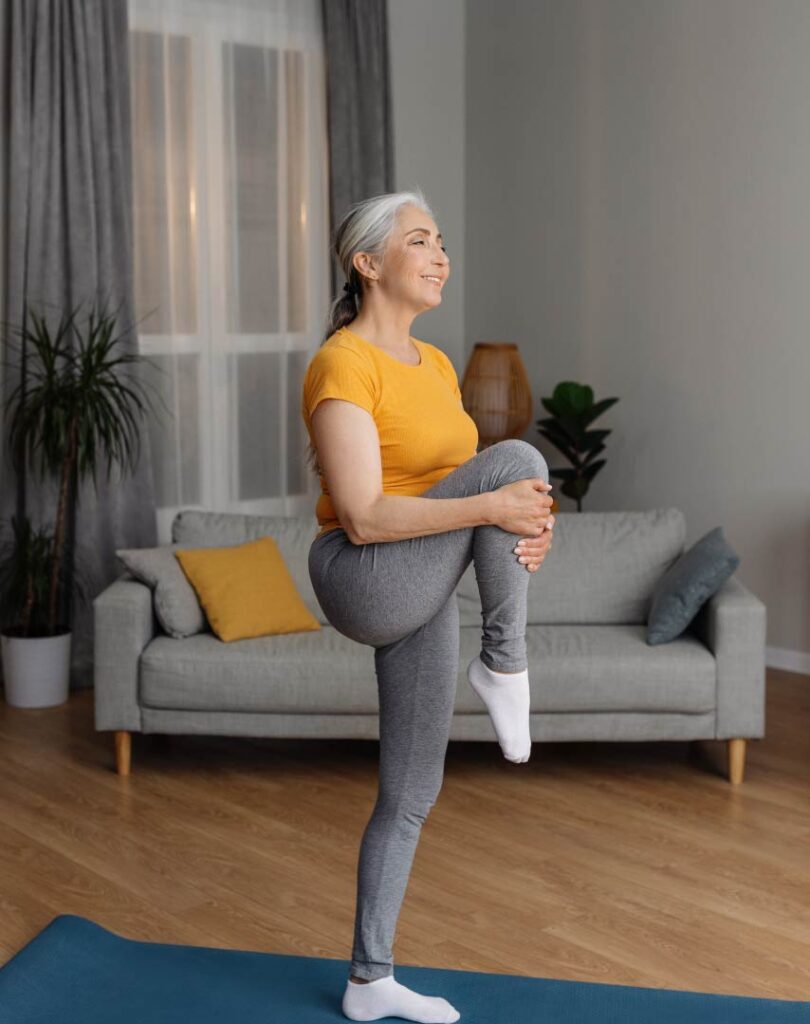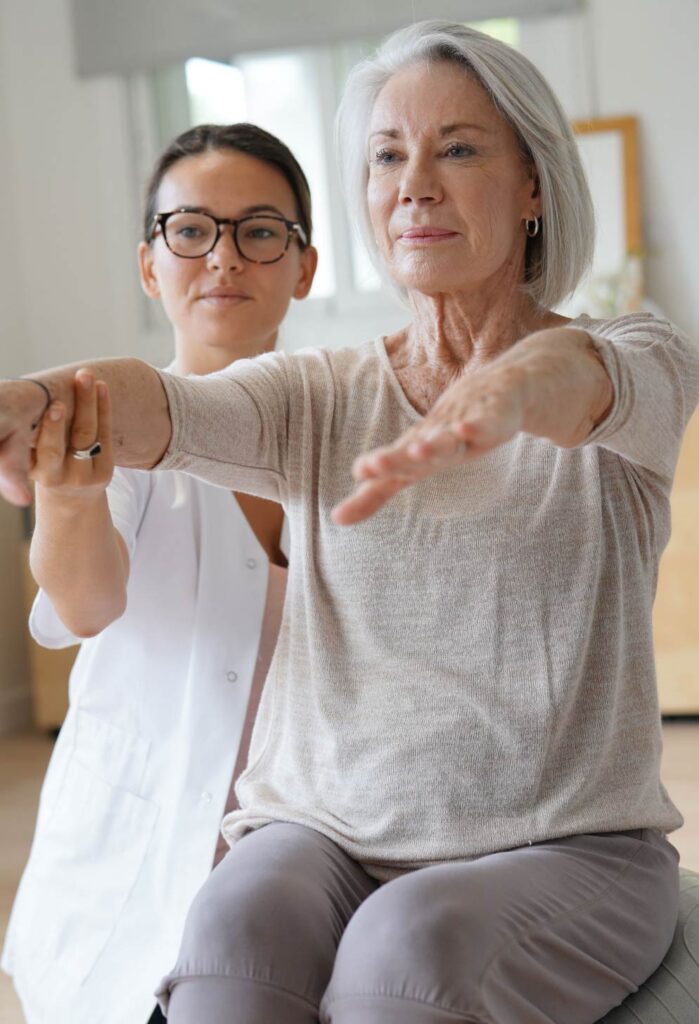Free shipping on all orders over $50 | Subscribe & save 15%
Free shipping on all orders over $50 | Subscribe & save 15%

Pelvic floor physical therapy exercises for Interstitial Cystitis (IC) could work wonders for your symptoms. With IC, many people experience bladder pain, urinary urgency, and pelvic discomfort.
While medications and changes to your diet are commonly used to manage IC symptoms, pelvic floor physical therapy (PFPT) has emerged as a valuable non-invasive treatment option.
PFPT involves targeted exercises and techniques to support and relax the muscles of the pelvic floor. This could offer some much needed relief from IC symptoms. In this article, we’ll explore a few different effective PFPT exercises for managing IC.
Before diving into specific exercises, it’s essential to understand how pelvic floor dysfunction contributes to IC symptoms. In a small study, it was concluded that about 87% of IC patients may have pelvic dysfunction.
The pelvic floor consists of muscles, ligaments, and connective tissue that support the bladder, bowel, and reproductive organs. Dysfunction in these muscles can lead to pelvic pain, urinary urgency, and other IC symptoms.
For people with IC, pelvic floor dysfunction often manifests as hypertonic (tight) pelvic floor muscles. These tight muscles can exacerbate bladder pain, increase urinary urgency, and contribute to pelvic floor muscle spasms. Conversely, some people with IC may experience pelvic floor weakness, leading to urinary incontinence and difficulty emptying the bladder.

When it comes to PFPT exercises, the techniques are often aimed towards achieving certain things, such as:
When you have hypertonic pelvic floor muscles, relaxation exercises can help alleviate tension and reduce pelvic pain. You should practice techniques, such as diaphragmatic breathing and biofeedback. These practices can help people with IC learn to consciously relax their pelvic floor muscles.
Biofeedback involves using sensors to monitor pelvic floor muscle activity. This provides real-time feedback to help people understand and control muscle tension. While more research is needed to confirm the link between the mind and body, by focusing on calming your mood and mitigating stress, you can help your body release tight muscles. This is a great way to promote relaxation in the pelvic region.
Stretching is a classic and you’re probably already (or you should be) doing this daily. These exercises are good for lengthening and loosening tight pelvic floor muscles. Stretching also helps to relieve pressure on the bladder and soothe discomfort.
Here are a few examples of easy stretches you can add to your daily routine:
Remember: perform these stretches gently and move slowly to avoid exacerbating symptoms.
Relaxing your mood is great, but physically relaxing your body is wonderful as well. Other techniques, such as pelvic floor massages, progressive muscle relaxation, and pelvic floor drops also help loosen tight muscles.
A trained physical therapist can be instrumental in releasing your trigger points and targeting the right places to alleviate muscle tightness.
Strengthening exercises can be beneficial for people with weak pelvic floor muscles. Consider strengthening exercises, such as pelvic floor contractions (Kegels), pelvic bridges, and squats. These can help improve support for your pelvic organs and ease IC symptoms, like urinary incontinence and pelvic floor dysfunction.
As an IC patient, you also want to be mindful of your body as you exercise. Don’t overexert yourself or focus too much on toning your muscles. These techniques are meant to provide your body with soothing support, not strain.

Similar to the pelvic floor strengthening above, it’s important to listen to your body. The focus is less on tone muscles and more on added support by doing what feels good. Your core muscles including your abdominals and lower back. By making these areas stronger, you could indirectly help your pelvic floor function.
The core provides added stability and support to the pelvis. Core exercises, such as plank variations, bird-dogs, and deadbugs, can help improve overall pelvic alignment and posture. For IC patients, this means less strain on the pelvic floor muscles.
PFPT offers a holistic approach to managing IC symptoms by facing the underlying pelvic floor dysfunction. Through a combination of relaxation, stretching, and strengthening exercises, people with IC could ease their symptoms and improve pelvic floor muscle function. As with any new strategy, we encourage you to consult a healthcare professional and discover what works best for your body.
For more personal IC stories, informative blogs, and resources, subscribe to our newsletter and stay up to date on the latest.
Sign up to receive wellness tips, updates, and more.